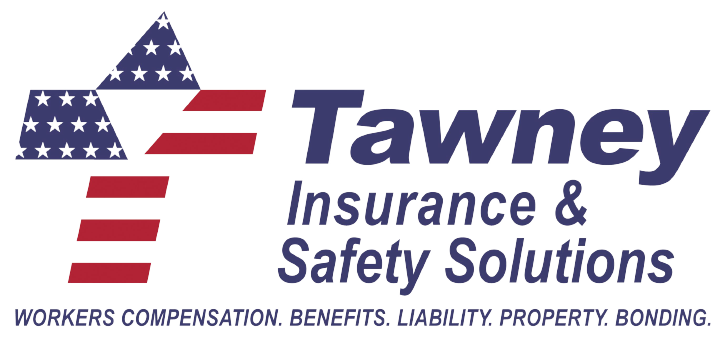Construction Site Housekeeping: How Clean Sites Boost Safety, Quality and Bottom Line
Clean job sites aren't just about appearances, they directly impact safety outcomes, work quality, and financial results. At Tawney, we see firsthand how site organization affects insurance costs and overall business success.
Why Job Site Cleanliness Matters
The real costs of messy construction sites:
Increased risk of trips and falls on cluttered sites
Damaged materials from improper storage and handling
Lost or damaged tools requiring replacement
Wasted time searching for equipment and supplies
As we often tell clients during our on-site assessments: "You can't build something great when standing on unstable ground."
Five Job Site Housekeeping Essentials
Daily cleanup schedules
Assign zones to specific teams
Schedule 15-minute cleanup periods at shift end
Document completed cleanups for insurance compliance
Proper material storage
Designated areas for materials by type
Clear labeling systems
Rotation practices for weather-sensitive items
Waste management protocols
Separate containers for different waste types
Clear paths to disposal areas
Regular removal schedules
Tool tracking systems
Check-out procedures for shared equipment
Designated storage locations
Regular inventory audits
Site inspection routines
Daily supervisor walkthroughs
Weekly team safety inspections
Monthly third-party assessments
Ladder Safety: A Critical Focus Area
During recent site visits, we've identified these common ladder safety issues:
Unsecured ladder tops - Even with proper extension height, transitions to roofs remain hazardous without secure anchoring
Improper setup - Ladders must be stable before climbing begins
Transition points - The move from ladder to roof is particularly dangerous
Best practice: Before any worker transitions from ladder to roof, the ladder must be secured at both top and bottom. Test stability from ground level before climbing.
Tool Safety Beyond OSHA Basics
Employee-owned tools present unique challenges:
Employer responsibility - Companies remain liable for employee-owned tools used on site
Inspection requirements - All tools must meet site standards regardless of ownership
Documentation needs - Regular inspection records protect both workers and businesses
Insurance impact: Documented tool inspection programs can significantly reduce liability risks for high-risk contractors.
The Total Risk Management Difference
Most businesses think about risk only in terms of worksite safety. At Tawney, we address both physical and financial risk:
On-site safety consulting to reduce accident frequency
Unbiased insurance market analysis to find optimal coverage
Broker evaluation to ensure you have access to suitable carriers
As actual safety professionals on your jobsite regularly, we understand your operation in ways traditional insurance advisors never will.
Ready for a Different Approach?
Safety programs work best when connected to real business outcomes. Insurance advice improves when advisors understand your actual job sites and operations.
Let's chat about how clean job sites and smart risk management can work together to protect your team and your bottom line.
